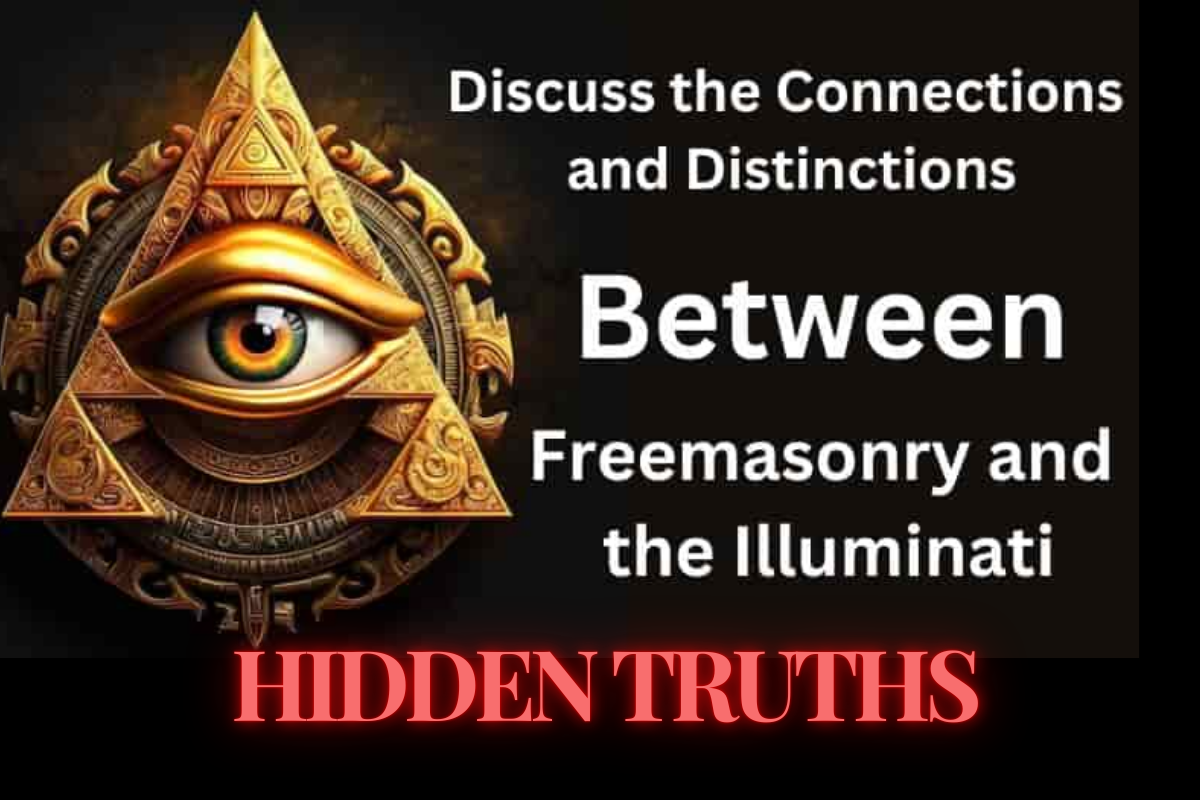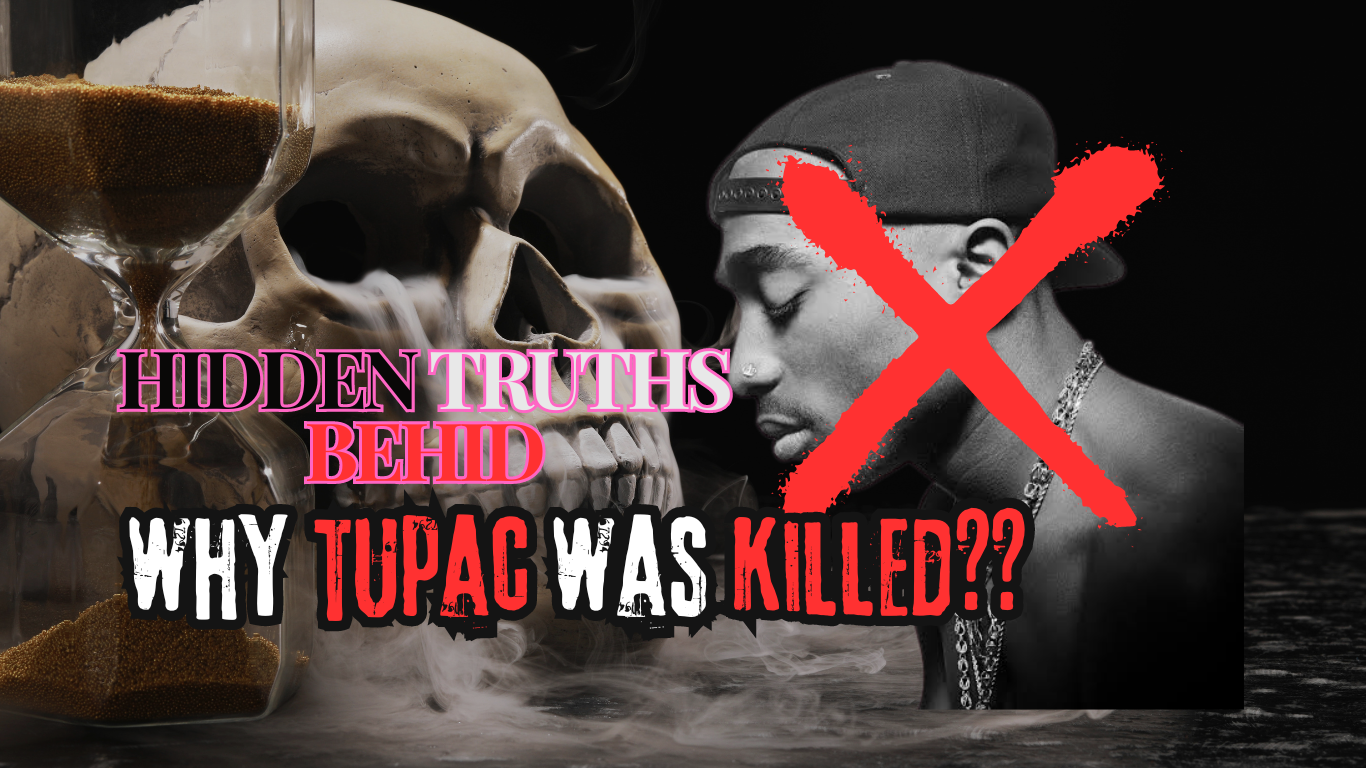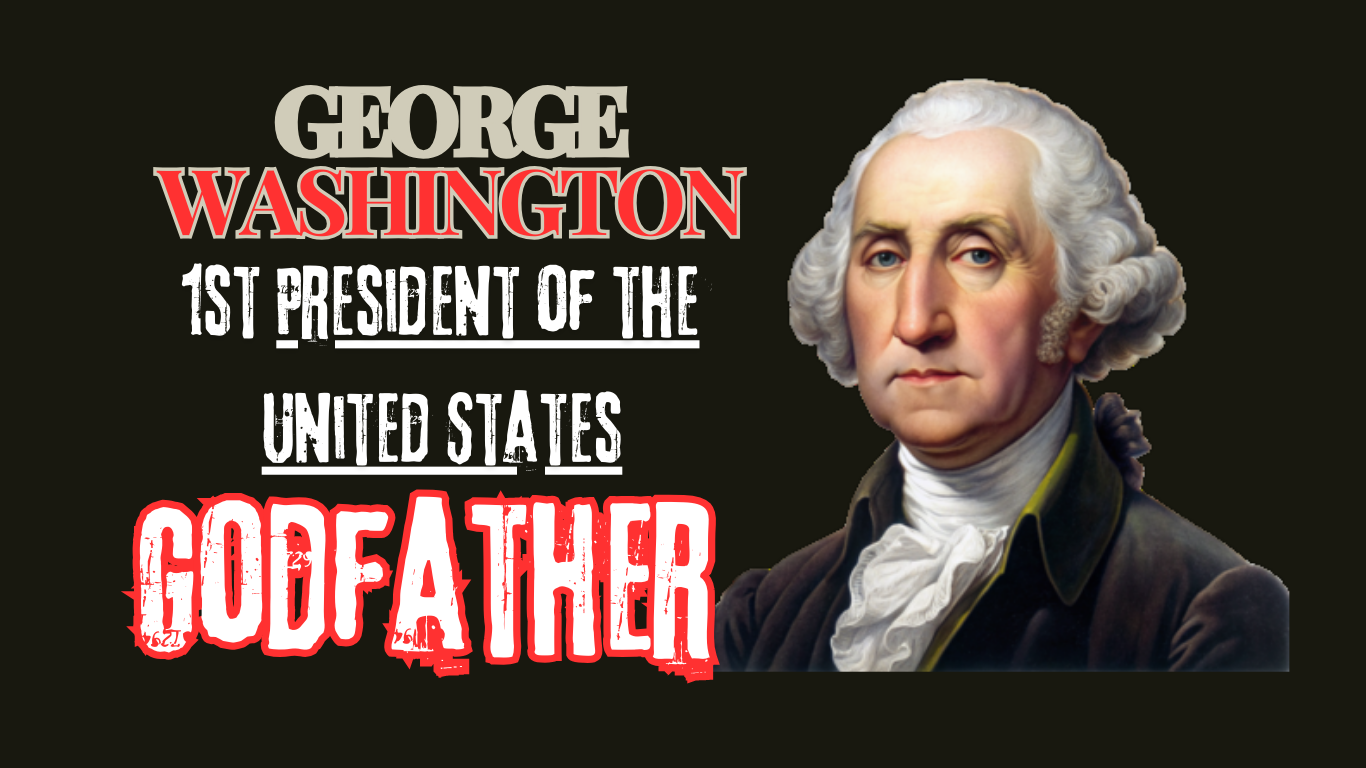reemasonry and the Illuminati are two of the most intriguing and often misunderstood organizations in history. Despite their shared reputation as secret societies, their origins, objectives, and practices differ significantly. This article delves deep into the connections and distinctions between Freemasonry and the Illuminati, offering a comprehensive analysis that sheds light on their unique roles in history and society.
The Origins of Freemasonry.
Freemasonry, often referred to as the world’s largest secret society, traces its roots back to the late 16th and early 17th centuries in Europe. The organization’s origins are shrouded in mystery, but it is generally believed that Freemasonry evolved from the stonemason guilds of the Middle Ages. These guilds were groups of skilled craftsmen who built the cathedrals and castles of Europe. Over time, as the demand for stonemasons declined, these guilds transformed into a fraternal organization focused on moral and spiritual development.
Freemasonry is built on the principles of brotherhood, charity, and truth. Members, known as Masons, engage in rituals and ceremonies that emphasize these values, while also promoting personal growth and self-improvement. Freemasonry is also known for its strong emphasis on secrecy, with many of its rituals and practices concealed from the public. However, the organization is not entirely secret, as its existence and membership are widely known.
The Origins of the Illuminati.
The Illuminati, on the other hand, has a more specific and historically documented origin. The group was founded in 1776 by Adam Weishaupt, a professor of canon law at the University of Ingolstadt in Bavaria, Germany. Weishaupt sought to create an organization that would promote Enlightenment ideals, such as reason, secularism, and the separation of church and state. The Illuminati was established as a secret society with the goal of influencing political and social change.
Unlike Freemasonry, the Illuminati had a clear political agenda. The group sought to challenge the established religious and political order, which it viewed as oppressive and corrupt. The Illuminati believed in the power of knowledge and reason to bring about a more just and equitable society. However, due to its radical ideas and secretive nature, the Illuminati quickly attracted the attention of the authorities. By the late 1780s, the Bavarian government had outlawed the organization, and it was officially disbanded.
Connections Between Freemasonry and the Illuminati.
One of the reasons why Freemasonry and the Illuminati are often linked in popular culture is because of the overlap in their membership. In the late 18th century, some members of the Illuminati were also Masons, leading to speculation that the two organizations were connected. However, it is important to note that while there were individual members who belonged to both groups, the organizations themselves were distinct and operated independently of each other.
Another factor contributing to the perceived connection between Freemasonry and the Illuminati is the shared emphasis on secrecy. Both organizations conducted their activities behind closed doors, fueling rumors and conspiracy theories about their true intentions. Additionally, both groups were accused of working to undermine established religious and political institutions, which further solidified their reputation as shadowy, subversive forces.
Distinctions Between Freemasonry and the Illuminati.
Despite the connections mentioned above, Freemasonry and the Illuminati differ in several key ways.
1. Purpose and Objectives.
Freemasonry’s primary focus is on moral and spiritual development. The organization encourages its members to live virtuous lives, practice charity, and seek personal improvement. While Freemasonry does not have a specific political agenda, it promotes values such as tolerance, equality, and justice.
The Illuminati, by contrast, was explicitly political in nature. The group sought to challenge the established order and promote Enlightenment ideals, including reason, secularism, and the separation of church and state. The Illuminati’s goals were revolutionary, and its members aimed to bring about significant social and political change.
2. Organizational Structure.
Freemasonry is organized into local lodges, each of which operates independently under the guidance of a Grand Lodge. These lodges are hierarchical, with members advancing through different degrees based on their participation and mastery of Masonic teachings. The structure of Freemasonry is decentralized, with each lodge having a degree of autonomy.
The Illuminati, on the other hand, was a highly centralized organization. Adam Weishaupt, the founder, held significant control over the group’s activities, and members were expected to adhere strictly to the organization’s goals and principles. The Illuminati’s hierarchical structure was designed to ensure loyalty and secrecy, with members divided into different levels based on their knowledge and involvement in the group’s activities.
3. Public Perception and Influence.
Freemasonry has been a visible and enduring presence in society for centuries. While its rituals and practices are secret, the organization itself is well-known, and many prominent figures throughout history have been Masons. Freemasonry has also had a significant influence on the development of modern society, particularly in the areas of charity, education, and the promotion of democratic values.
The Illuminati, in contrast, had a much shorter lifespan and a more limited impact on society. Although the group disbanded in the late 18th century, its legacy has persisted in the form of conspiracy theories that allege the Illuminati continues to operate in secret, manipulating world events from behind the scenes. Despite these claims, there is no credible evidence to support the existence of the Illuminati in the modern era.
Conspiracy Theories and Popular Culture.
One of the reasons why Freemasonry and the Illuminati continue to capture the public’s imagination is due to the many conspiracy theories that have sprung up around them. These theories often suggest that both organizations are part of a global elite that controls governments, economies, and media. While these claims are largely unfounded, they have persisted in popular culture, thanks in part to books, movies, and other forms of entertainment that depict the organizations as sinister, all-powerful entities.
In reality, both Freemasonry and the Illuminati have been the subject of significant exaggeration and myth-making. Freemasonry, while secretive, is primarily a fraternal organization focused on moral and spiritual development. The Illuminati, meanwhile, was a short-lived political group that sought to promote Enlightenment ideals. The persistent belief in their ongoing influence is a testament to the power of conspiracy theories and the enduring appeal of secret societies.





Leave a Reply